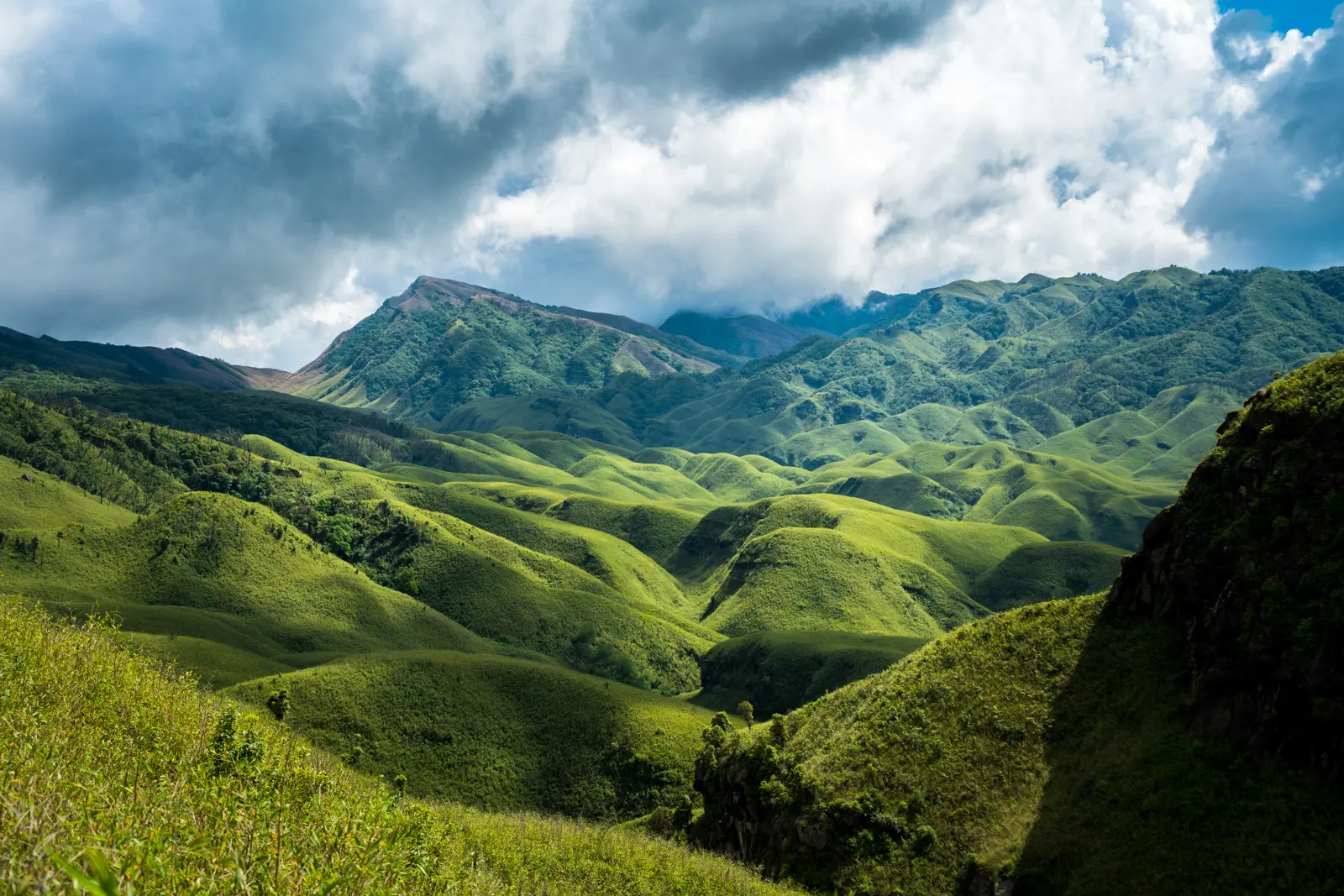1. Background and Context
Event: Nagaland has nominated Dzükou Valley as its official entry under the national programme to develop 50 world-class tourist destinations.
Announcement by: Temjen Imna Along, Nagaland’s Minister for Tourism and Higher Education.
Occasion: National Conference of State Tourism Ministers, held in Udaipur.
Purpose of the Conference:
To discuss ways to promote and upgrade tourism infrastructure across India.
To attract international visitors.
To boost local and regional economies through sustainable tourism.
2. National Tourism Initiative – Overview
Launched by: Ministry of Tourism, Government of India.
Objective: To identify and develop 50 tourist destinations across India as global-standard sites.
Key Focus Areas:
Infrastructure development – improving connectivity, accommodation, and visitor facilities.
Sustainability – promoting eco-friendly and responsible tourism.
Cultural and natural heritage preservation.
Economic growth – enhancing local livelihoods through tourism.
Implementation Mechanism:
States and Union Territories are invited to nominate potential destinations.
Central support through financial and technical assistance.
Partnership model involving state governments, local bodies, and private stakeholders.
3. Dzükou Valley – Overview
Location: Border of Nagaland and Manipur, near Kohima (Nagaland’s capital).
Known for:
Its lush green valleys, seasonal flowers (especially Dzükou lily), and picturesque landscapes.
Popular trekking and eco-tourism site in Northeast India.
Nickname: Often called the “Valley of Flowers of the Northeast.”
4. Nagaland’s Proposal Highlights
Proposed Investment: ₹ 250 crore.
Key Components:
Development of an eco-friendly luxury hotel and tourist facilities.
Improvement in connectivity, waste management, and visitor safety infrastructure.
Promotion of eco-tourism practices to maintain environmental balance.
Approach:
Integrate modern amenities with sustainability.
Ensure community participation and benefit-sharing with local tribes.
Preserve the unique biodiversity of the region.
5. Ecological and Cultural Importance of Dzükou Valley
Biodiversity Hotspot:
Rich in rare plant and animal species.
Habitat of the endemic Dzükou lily.
Cultural Significance:
Holds spiritual and traditional importance for local Naga tribes.
Symbol of natural pride and identity in Nagaland.
Environmental Sensitivity:
Fragile ecosystem prone to damage from unregulated tourism and forest fires.
The project stresses eco-tourism and environmental safeguards.
6. Expected Benefits and Impact
Tourism Growth:
Position Dzükou Valley as an international eco-tourism destination.
Increase both domestic and foreign tourist arrivals.
Economic Development:
Boost local employment, handicrafts, and hospitality sectors.
Create a model for sustainable tourism in Northeast India.
Regional Integration:
Strengthen Nagaland’s place on the national tourism map.
Diversify India’s tourism beyond traditional hubs (like Agra, Jaipur, Goa, Kerala).
7. Government Role and Collaboration
Central Government:
Provide funding, policy direction, and technical expertise.
Ensure standardization and quality benchmarks for global recognition.
State Government:
Execute and monitor projects, ensure local participation.
Coordinate with the Ministry of Tourism for timely implementation.
Local Communities:
Key role in maintaining cultural authenticity and ecological protection.
Involvement in homestays, guided tours, and craft markets.
8. Challenges and Considerations
Need to balance tourism growth with ecological preservation.
Risk of over-commercialization in fragile mountain ecosystems.
Infrastructure bottlenecks (roads, power, waste management) in remote regions.
Ensuring inclusive benefits for local tribes and avoiding displacement.
9. Alignment with National and Global Goals
Supports India’s National Tourism Policy 2022 focusing on:
Destination development, sustainability, and employment generation.
Aligns with UN Sustainable Development Goals (SDGs):
SDG 8: Decent Work and Economic Growth.
SDG 11: Sustainable Cities and Communities.
SDG 15: Life on Land (biodiversity conservation).
10. Key Takeaways for UPSC
Dzükou Valley = Eco-tourism model in Nagaland.
Initiative = Part of National Tourism Mission for developing 50 global-standard destinations.
Balances development with sustainability and community participation.
Reflects Northeast India’s growing role in India’s tourism and economic diversification strategy.
🧭 Possible UPSC Questions
(a) Prelims-type MCQ:
Dzükou Valley, recently in news, is located on the border between:
(A) Nagaland and Arunachal Pradesh
(B) Nagaland and Manipur ✅
(C) Assam and Meghalaya
(D) Mizoram and Tripura
(b) Mains-type Question:
“Discuss the significance of the Dzükou Valley tourism project in promoting sustainable tourism and regional development in India’s Northeast.”







